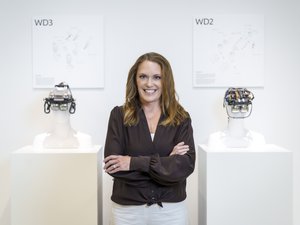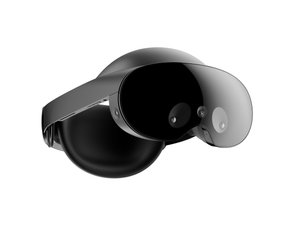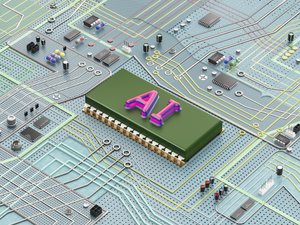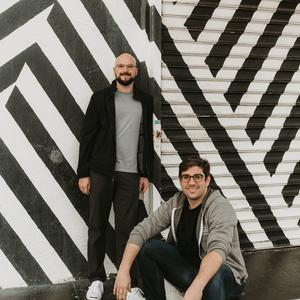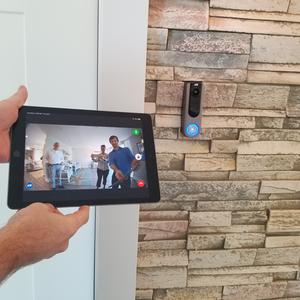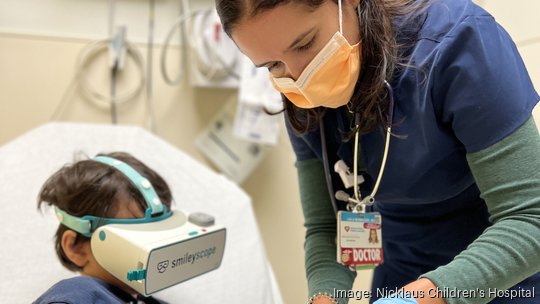
Plenty of adults dread being poked and prodded with needles during doctor appointments.
The experience can be even more uncomfortable for children, especially for those suffering from medical conditions that require frequent shots or blood draws to monitor.
Enter virtual reality technology.
To reduce anxiety in pediatric patients, Nicklaus Children's Hospital in Miami implemented the use of a virtual reality headset called the Smileyscope. The device, currently used in the hospital's emergency department, makes it possible for pediatric patients to immerse themselves in virtual experiences to distract themselves from uncomfortable needle procedures.
Smileyscope stands out from other VR and mixed-reality headsets because it was designed specifically for the health care industry, said Dr. David Seo, senior vice president and chief information and digital officer for Nicklaus Children’s Health System. Children as young as 3 or 4 can wear the headset to follow meditation and breathing exercises before a needle stick.
One of the most requested VR experiences is an underwater adventure that can correspond with the steps of a medical procedure and help mask the source of pain from injections.
"The kids might hear a voice that says 'You're going to feel tickling from bubbles,' and that will prompt the nurse to do a needle stick," Seo said. "The child is so immersed in the scene that they don't feel anxious leading up to it."
The benefits go beyond treating anxiety. Clinical trials of the device show the Smileyscope platform can reduce pediatric needle pain by up to 60%. It's far more effective than a tablet, which does not engage as many senses.
"Virtual reality headsets engage the user on a visual and auditory level. Your brain is fully engaged," Seo said. "Studies show that VR engages the user so deeply that minor pain and anxiety are drowned out."
Research shows numerous use cases for virtual and augmented technology in health care. Medical schools such as Johns Hopkins University are already using virtual reality to simulate scenarios and help make decisions. In other cases, the technology can be employed in post-operative and rehabilitation care, and the treatment of post-traumatic stress disorder in veterans.
Nicklaus is among the first hospitals in the U.S. to use the Smileyscope, which was developed in Australia.
The technology benefits more than patients. Seo said helping children stay comfortable during necessary procedures also has a positive impact on the nurses and clinicians who treat them. After all, no one wants to see a child in distress.
The Smileyscope isn't the hospital's only foray into virtual and augmented reality. A few years ago, Nicklaus began deploying mixed-reality headsets in surgical areas and prep spaces to help physicians map out complex surgeries and optimize patient outcomes. The hospital also has a program that offers VR tech to help neurodiverse people age 16 and older prepare for driving exams.
Seo said the Smileyscope could easily be applied beyond needle procedures. For example, the headsets can also be used to soothe patients during wound dressings, foreign body removals, fracture treatments and lumbar punctures.
In other cases, physicians could deploy headsets to encourage pediatric patients to keep still during long diagnostic exams, like an EKG.
"They are so mesmerized by the virtual worlds that you don't have to use medication like a minor anesthesia to keep them still. That's part of the power of these technologies," Seo said.
For more stories like this one, sign up for Miami Inno newsletters from the South Florida Business Journal and the American Inno network.
